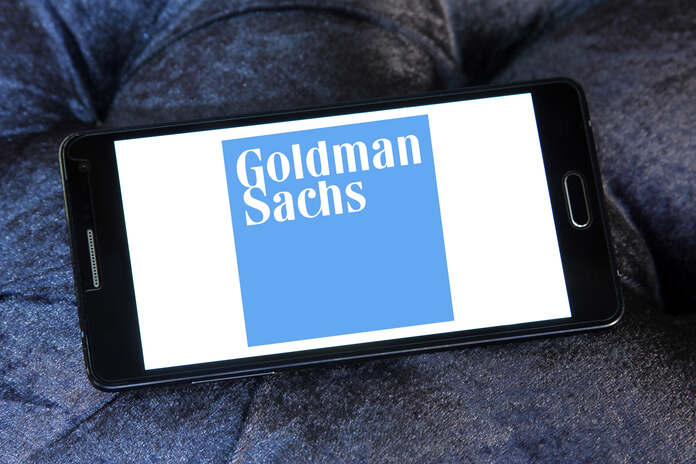Goldman Sachs (NYSE:GS) reported fourth-quarter profits on Tuesday that surpassed estimates, with its equity traders capitalizing on a market recovery and increased revenue from asset and wealth management, offsetting weaker performance in investment banking. The Wall Street giant, strategically retreating from consumer banking, is better positioned for a capital markets recovery in 2024, focusing on core dealmaking and trading businesses, according to executives.
CEO David Solomon expressed optimism about capital markets activity, stating, “I’m encouraged by capital markets activity. I’m not going to say it’s running back to 10-year averages right away, but it has materially improved.” The bank witnessed a 26% jump in equity trading revenue in the quarter, aligning with the broader market rally and growing confidence in the U.S. economy avoiding a recession.
Goldman Sachs achieved record revenues in equities financing and fixed income, currencies, and commodities (FICC) financing last year. The latter is asset-secured lending, an area where investment banks like Goldman Sachs and Barclays play a significant role. The bank’s expansion included increased lending to private equity firms by acquiring a loan portfolio previously held by the failed lender Signature Bank.
Shares of Goldman Sachs rose over 1%, adding to a 12.3% gain in the previous year. While this trailed behind the gains of JPMorgan Chase (JPM.N) at 27% and Morgan Stanley (MS.N) at 10%, analysts emphasize the importance of the recent uptick in capital markets activity for Goldman Sachs.
Goldman’s revenue from asset and wealth management rose by 23% to $4.39 billion, and the unit secured a $349 million gain from selling part of its wealth business to an independent wealth manager. However, investment banking fees experienced a 12% decline to $1.65 billion due to a decrease in mergers and acquisitions (M&A), offset by gains from debt and stock sales.
In fixed income, currencies, and commodities (FICC) trading, revenue sank by 24%, attributed to weakness in interest rate products and currencies affecting gains from mortgage products. Nonetheless, Goldman’s overall profit for the quarter was $2.01 billion, or $5.48 per share, exceeding analyst expectations of $3.51 per share.
Goldman Sachs has been reducing its workforce, ending 2023 with 45,300 employees, 1% fewer than the previous quarter and nearly 7% lower than the same period a year ago. The bank continues to manage costs tightly, reviewing non-compensation expenses.
The positive impact of selling consumer businesses is evident in lower loan-loss provisions, while a reduction in headcount contributes to cost-cutting. The bank acknowledged a $529 million expense tied to a special assessment fee to refill a government deposit insurance fund.
Goldman’s platform solutions unit, which includes some consumer operations, reported a 12% increase in revenue to $577 million, driven by higher average credit card balances. Provisions for credit losses fell to $577 million in the quarter, down from $972 million a year earlier, as the bank continues to reshape its consumer business.
Featured Image: Megapixl















